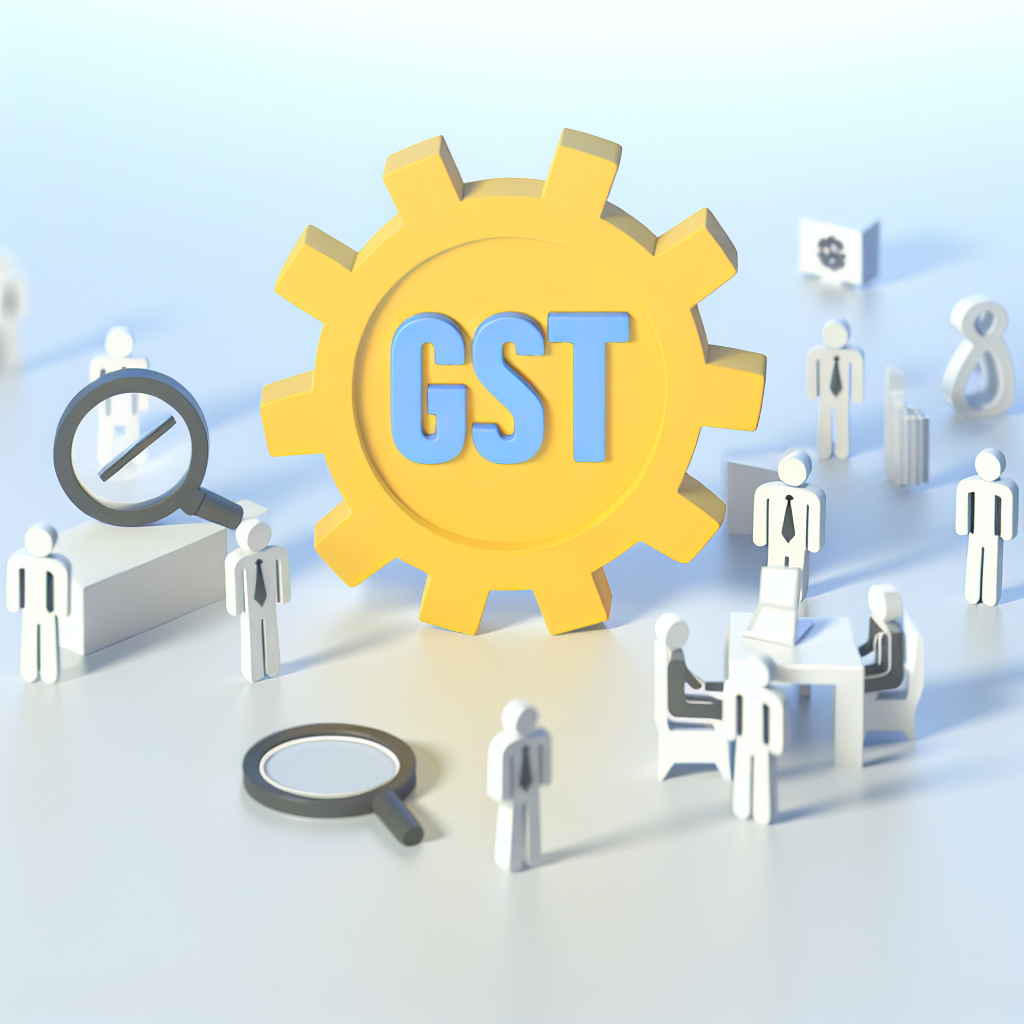
In today’s fast-paced business landscape, Human Resource (HR) professionals must stay abreast of various regulatory changes, including taxation policies that impact their organisations and employees. One significant reform that has reshaped the tax structure in India is the Goods and Services Tax (GST). The implementation of GST aims to create a streamlined, uniform taxation system, vital for today’s complex market. Let’s delve into the intricacies of GST, its significance, current trends, and key benefits to both businesses and consumers.
Understanding GST
Definition and Structure
The full form of GST is Goods and Services Tax, which serves as a comprehensive, multistage, destination-based tax on the supply of goods and services. Administered by both the Union and state governments, GST operates under a dual model, comprising three key components:
- Central Goods and Services Tax (CGST): Imposed by the Central Government on intra-state transactions.
- State Goods and Services Tax (SGST): Levied by state governments on intra-state transactions.
- Integrated Goods and Services Tax (IGST): Charged by the Central Government on inter-state transactions and imports.
Significance of GST
The introduction of GST has led to the replacement of an array of indirect taxes, including central excise duty, services tax, and various state-level taxes. This reform significantly reduces the number of taxes businesses need to comply with, thus simplifying compliance processes.
Streamlining Business Processes
The GST framework has greatly simplified tax compliance through enhanced online systems for payments and claims, enabling businesses to manage their tax obligations with greater ease.
Current Trends in GST
Understanding Registration Thresholds
Thresholds for GST registration vary by business type and region. For example, the general threshold is set at an aggregate annual turnover of INR 2 million in most states. However, special category states such as Assam and Arunachal Pradesh have a lower threshold of INR 1 million.
Filing GST Returns
Taxpayers are required to file various GST returns, including monthly returns such as GSTR-1 and GSTR-3B, alongside an annual return. The Government has introduced the Quarterly Returns with Monthly Payments (QRMP) scheme specifically for businesses with an annual turnover up to INR 50 million, facilitating easier compliance by reducing the frequency of required returns.
Key Benefits of GST
Advantages for Businesses
- Simplified Compliance: GST consolidates multiple indirect taxes into a single, comprehensive framework, significantly decreasing the complexity businesses face.
- Enhanced Efficiency: The online GST portal simplifies processes related to registration and returns, alleviating the burden on administrative resources.
- Streamlined Inter-State Trade: The IGST component offers clarity and a single point of taxation for inter-state transactions, reducing potential disputes.
Benefits to Consumers
- Lower Prices: The efficiencies afforded by GST are often passed on to consumers in the form of reduced prices.
- Increased Transparency: GST inclusion in product pricing enhances transparency, allowing consumers to view and understand tax components.
Conclusion: The Impact of GST on HR Professionals
For HR professionals, understanding the nuances of GST is crucial, not just for compliance purposes but for broader organisational strategy as well. The simplification brought about by GST should enable HR departments to focus more on strategic initiatives rather than being bogged down by overwhelming compliance burdens.
As we move further into 2024, businesses must remain vigilant about staying current with GST regulations and adapting their strategies accordingly. Continuous training and resources for HR staff can facilitate smoother compliance and instil confidence in employees regarding their tax obligations. By leveraging the benefits provided by GST, HR can play a pivotal role in fostering a transparent and efficient workplace environment.
For more information, consider referring to the following resources:
- Bajaj Finance: GST – Definition, Types, Registration Process
- PWC: India – Corporate – Other taxes – Worldwide Tax Summaries Online
- India Briefing: India Goods and Services Tax (GST)
- Groww: Types of GST in India – What is SGST, CGST, IGST & UGST?
- Wikipedia: Goods and Services Tax (India)
As the landscape of taxation continues to evolve, HR professionals must remain proactive and well-informed, ensuring they can support their organisations effectively through the complexities of GST compliance.
Vadim Kouznetsov is a distinguished entrepreneur and the visionary founder and CEO of JobXDubai.com, the UAE’s rapidly expanding job board. Renowned for his expertise in bridging the gap between job seekers and employment opportunities, Vadim has become a leading authority in the recruitment and job market of Dubai.
